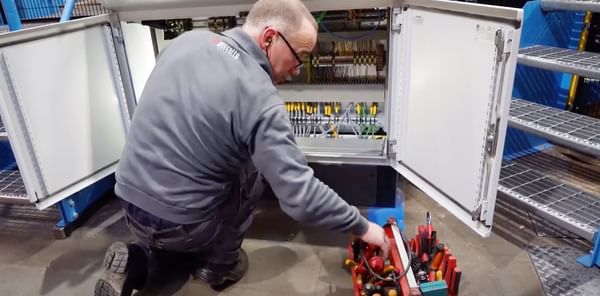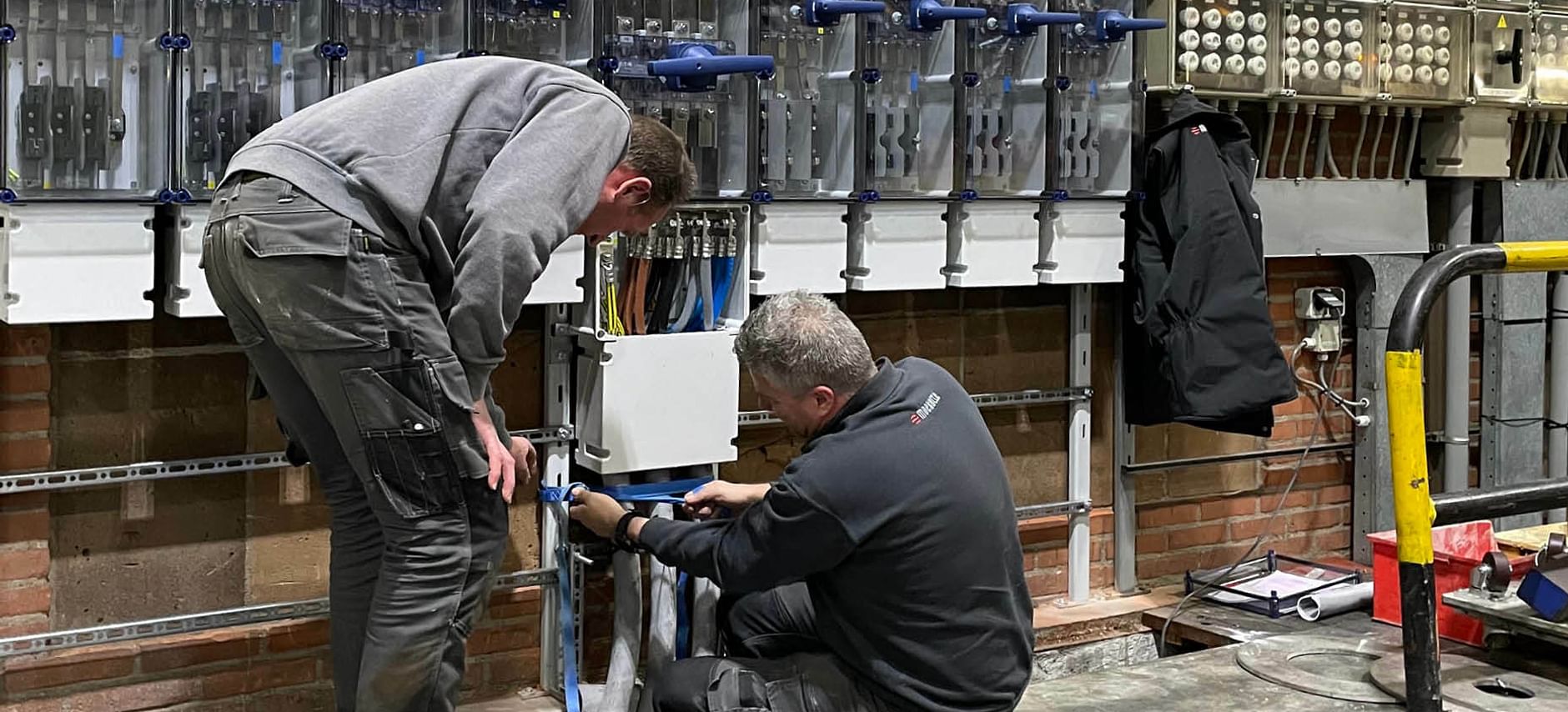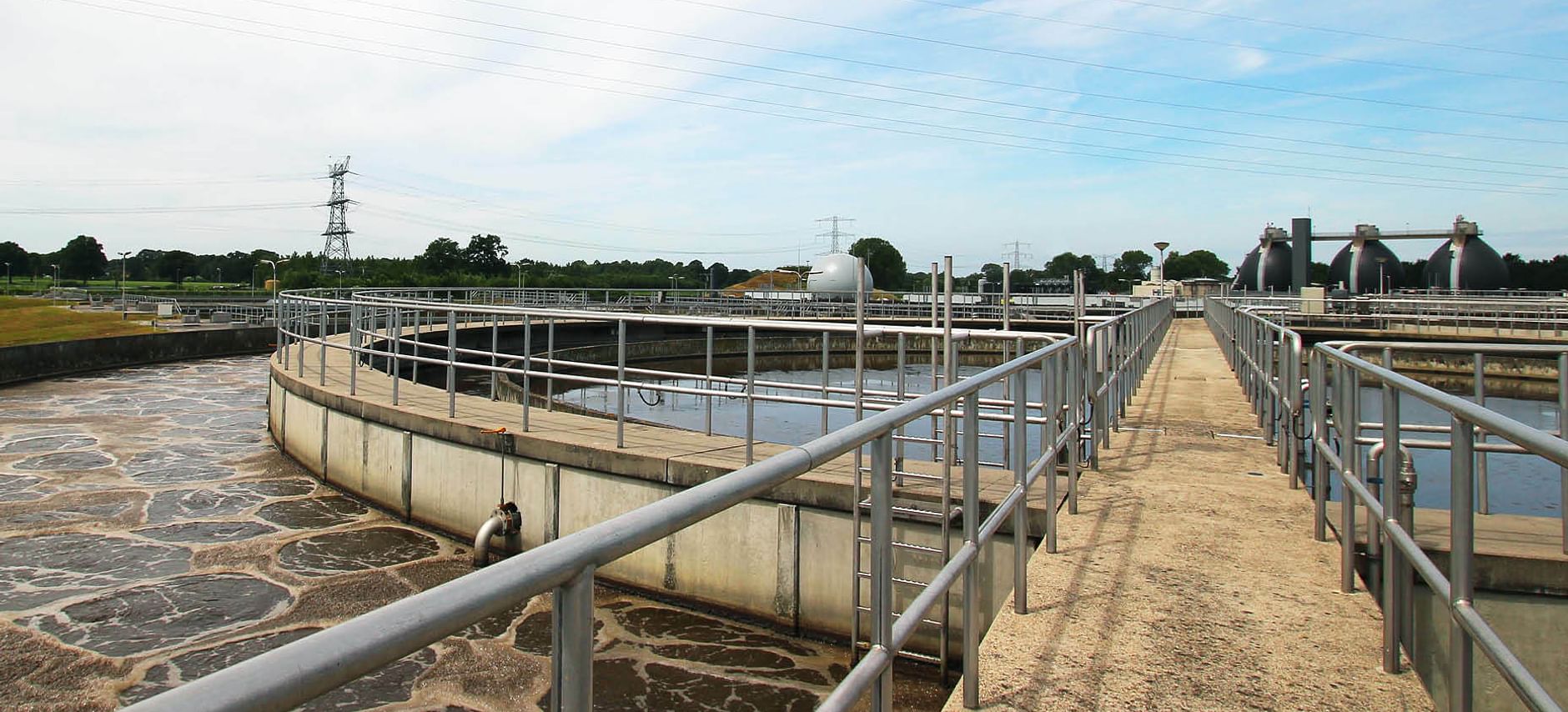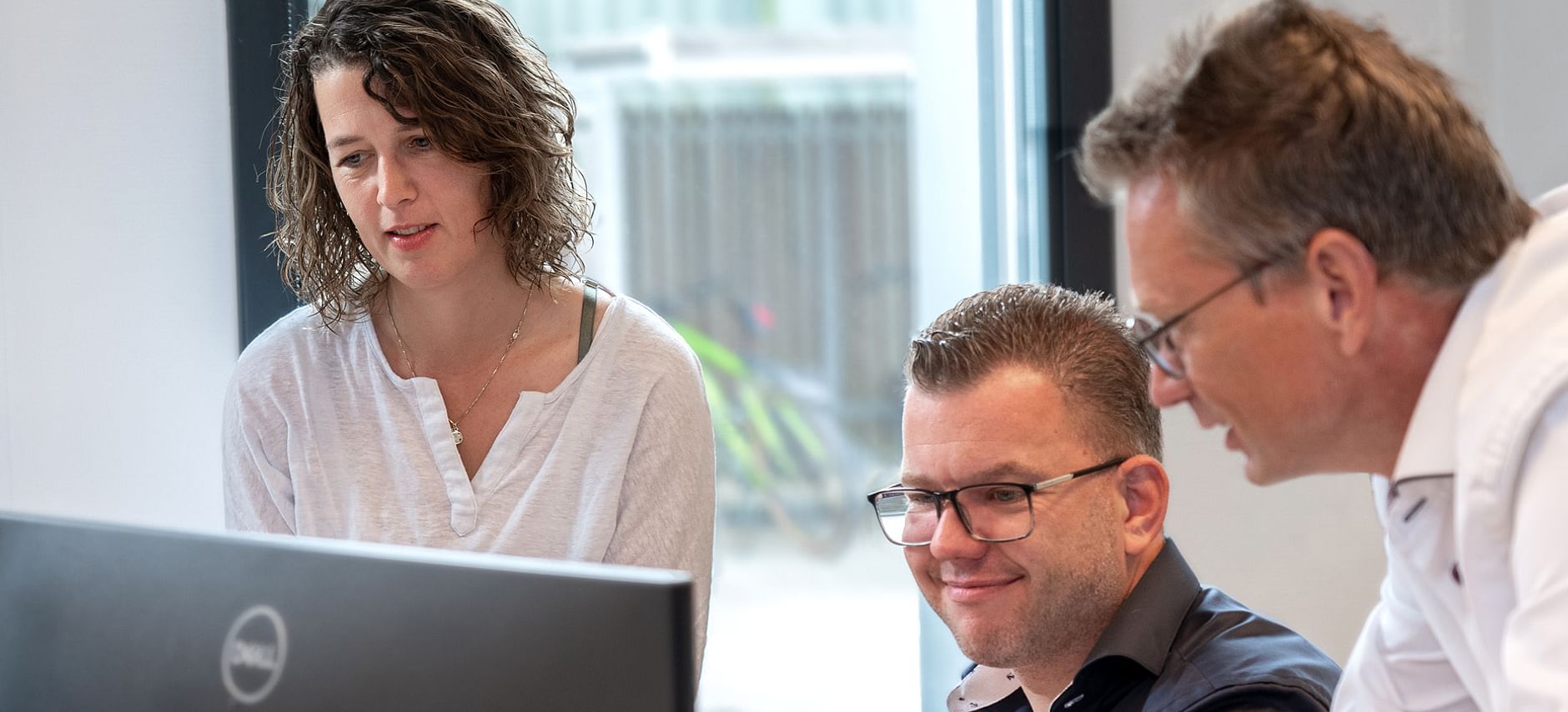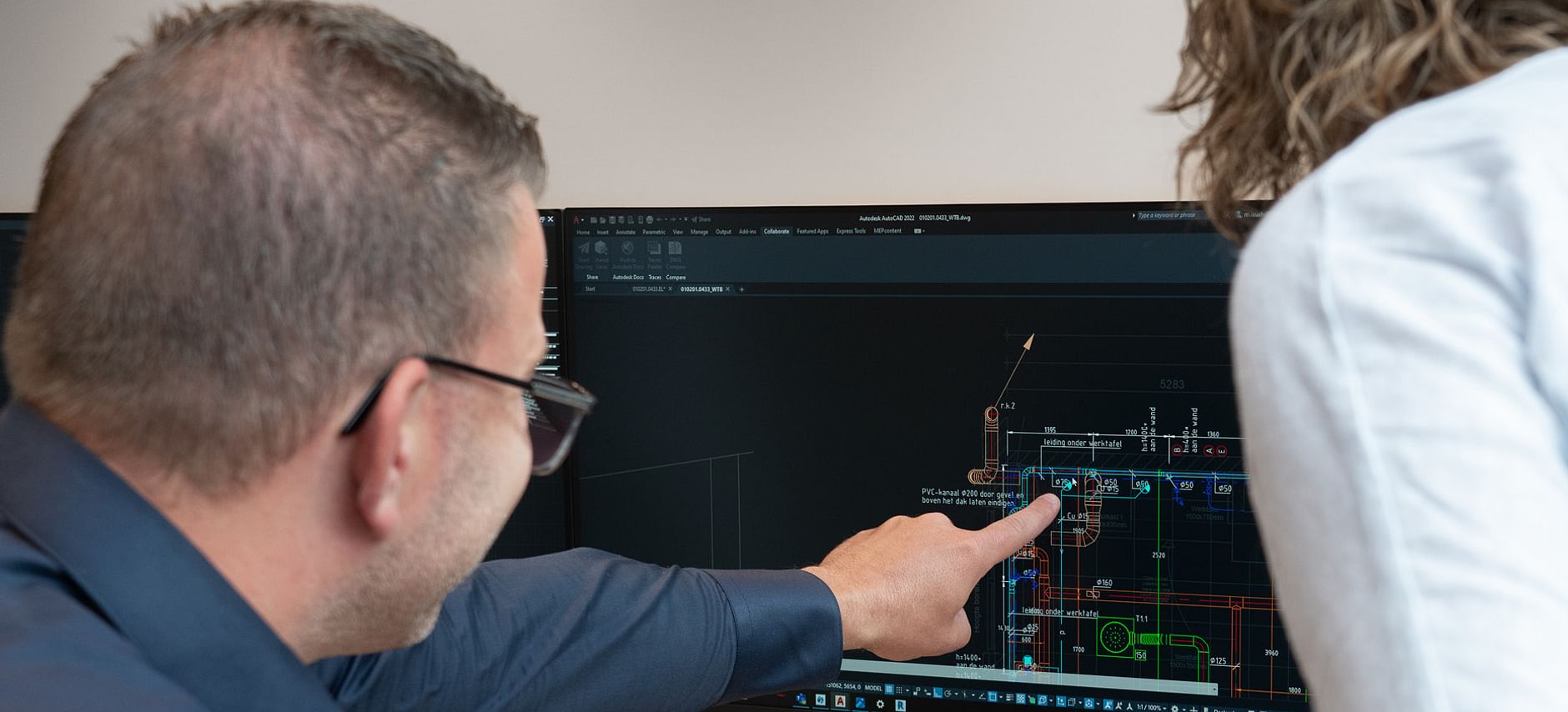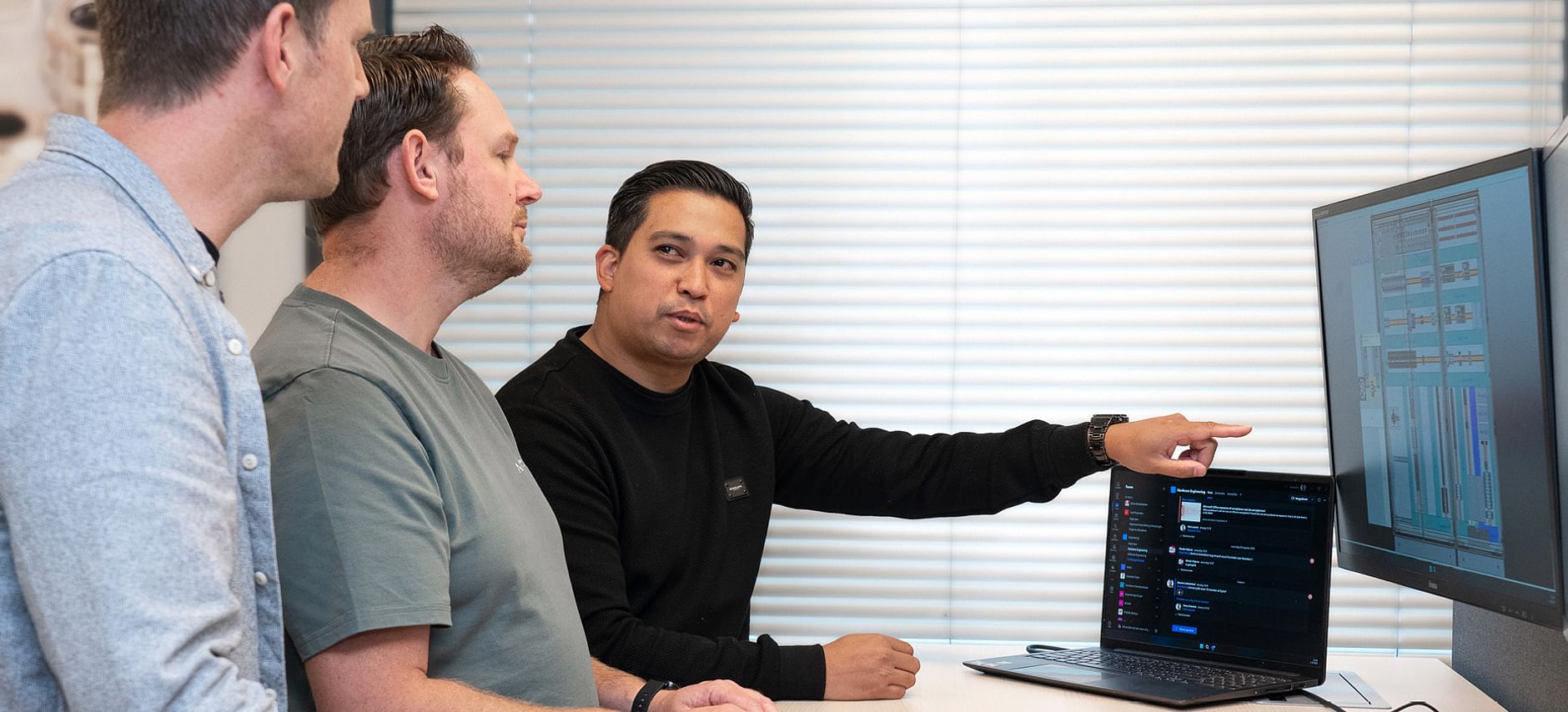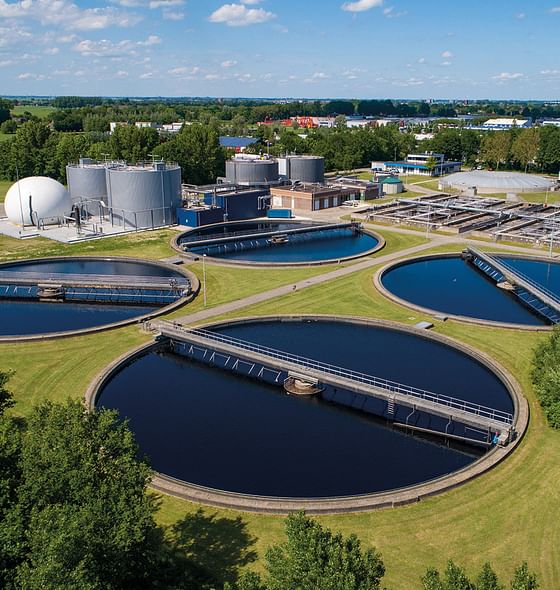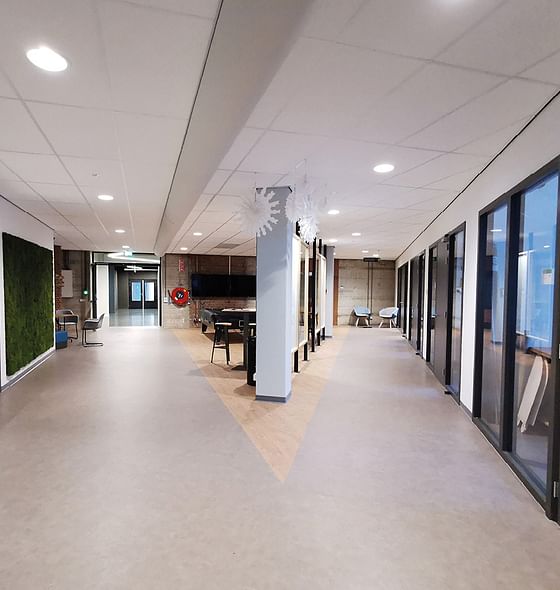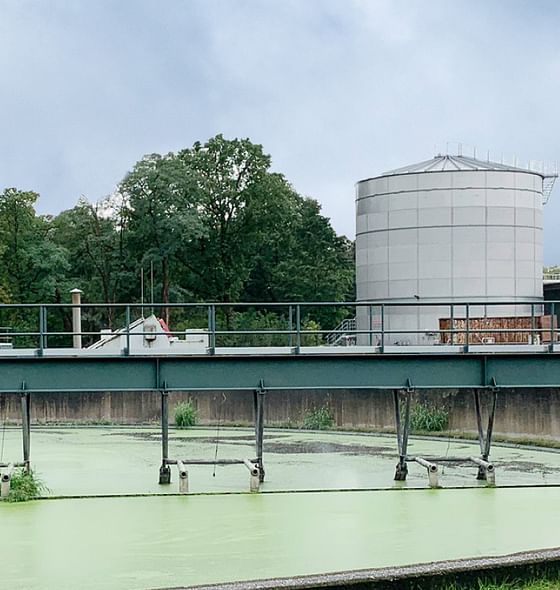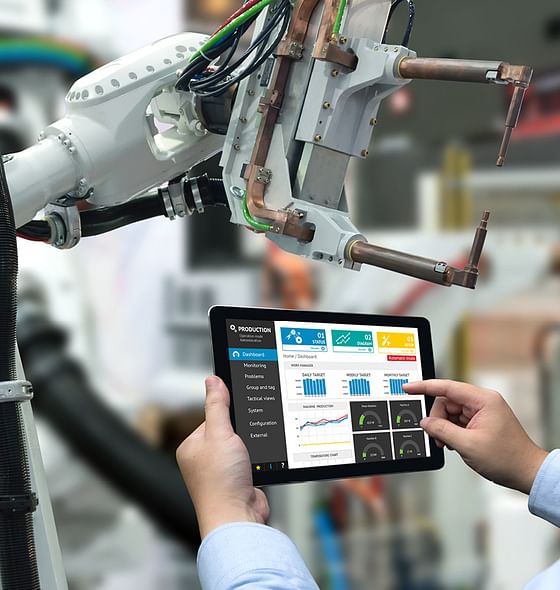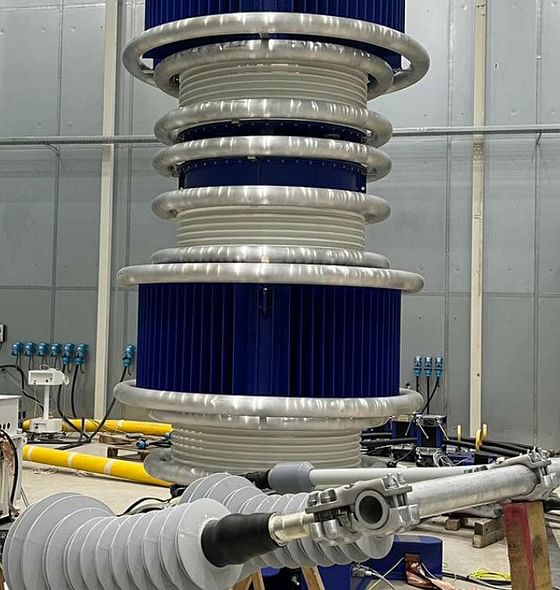Ons salesteam helpt je graag!

Divisies
Specialist voor al je elektrotechnische installaties.
Dit is Moekotte voor jou
Meer over MoekotteEngineer
Meedenken en ontwikkelen van soft- en hardware rondom industriële installaties – daar beginnen we mee. Met als resultaat? Slimme techniek die efficiënter werkt en kosten bespaart.

Install
Regeltechniek, mechanische componenten, verwarming, koeling, waterbehandeling – wij zetten alles voor je installaties zó in, dat je mensen en machines hier het meeste uithalen.
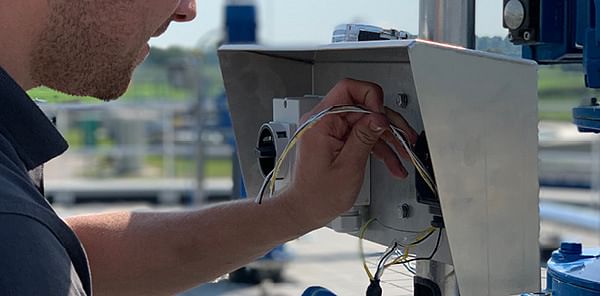
Maintain
Je installatie laten we op elk moment werken op het niveau dat je wilt. Van gepland onderhoud en resultaatgerichte service tot onderhoud van gebouwen.
